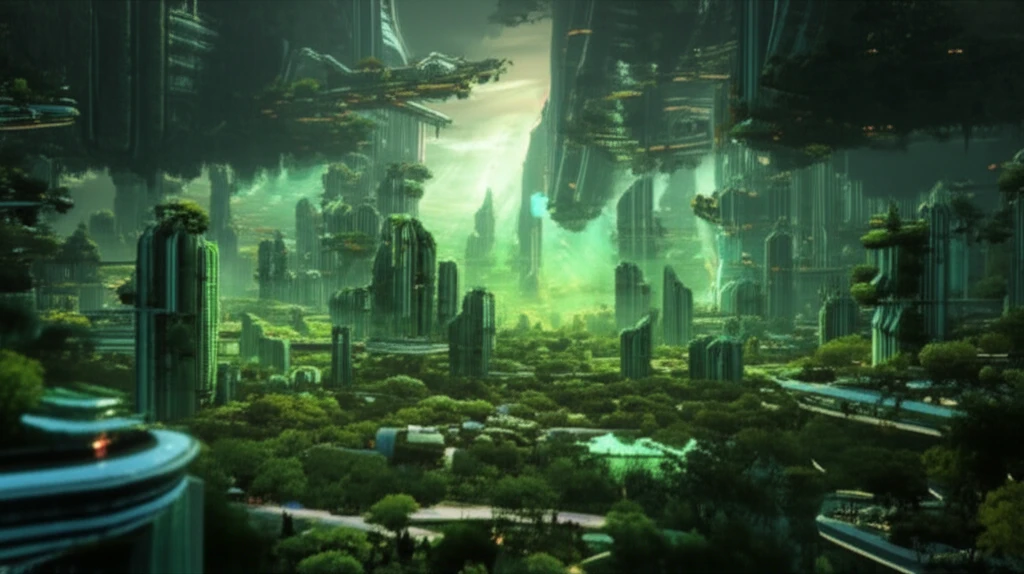
Sustainable Cities: Can Territorial Planning Save Our Future?
"Unlocking sustainability through smart spatial strategies"
In an era defined by rapid urbanization and increasing environmental concerns, the concept of sustainable development has moved to the forefront of global discussions. The United Nations has highlighted seventeen Sustainable Development Goals (SDGs), with sustainability as a core theme. Amidst the current socio-productive model, our ability to foster more sustainable territories is crucial. These territories must prioritize the well-being of communities around the world, underscoring the importance of thoughtful territorial development planning.
Sustainable Territorial Planning (STP) calls for a re-evaluation of our development approaches. This article emphasizes the crucial role of territorial planning as an essential tool for implementing sustainable development strategies. By effectively utilizing STP, we can improve the sustainability of urban and metropolitan regions. The research reflects on this need and advances the definition of the main criteria to achieve territorial sustainability at regional and local scales.
This involves a shift towards integrating social, environmental, and economic considerations into territorial policies. Through careful analysis and strategic action, we can pave the way for a future where development complements the environment and enhances the quality of life for all.
The Challenge of Sustainable Development

The pursuit of what has come to be known as Sustainable Development (DS) is presented by numerous authors as one of the most important challenges to save the Earth from the ills that afflict it. These ills are caused, and above all accelerated, by human action on the Planet, and especially on its natural or ecological system (Ramonet, 2003). The loss of Biodiversity, climate alterations, atmospheric pollution, the intensification of desertification processes, and the increase in human poverty are some of these ills that affect it and can provoke its transformation, altering, therefore, the current conditions of life.
- Rights: Guaranteeing the rights of all people to a healthy and adequate environment.
- Conservation: Protecting and using environmental resources for current and future generations.
- Ecosystems: Maintaining essential ecological processes and preserving biological diversity.
- Sustainability: Implementing sustainable practices in the management of natural resources and ecosystems.
- Assessment: Conducting thorough environmental impact assessments for proposed activities.
- Collaboration: Integrating conservation into development planning and execution.
- Support: Providing assistance to developing countries in their environmental protection efforts.
- Transboundary: Ensuring the equitable and reasonable use of shared natural resources.
- Environmental Assessment: Requiring environmental assessments for activities that may have significant transboundary impacts.
Final Thoughts: A Sustainable Future
Sustainable Territorial Planning stands as a critical approach for our societies to meet the challenge of Sustainable Development. By focusing on the scales in which urban planning and territorial organization meet, it helps the overall structure of future growth. Prioritizing the understanding of territory as a system and protecting free space are critical steps.
The path forward requires a commitment to compact city models and an end to urban fragmentation. The integration of residential areas with functional services to facilitate spatial integration and reduce urban mobility are equally critical.
Through these strategies, combined with good governance and community involvement, Sustainable Territorial Planning provides a valuable opportunity to promote environmental responsibility and create a more sustainable and resilient world.
